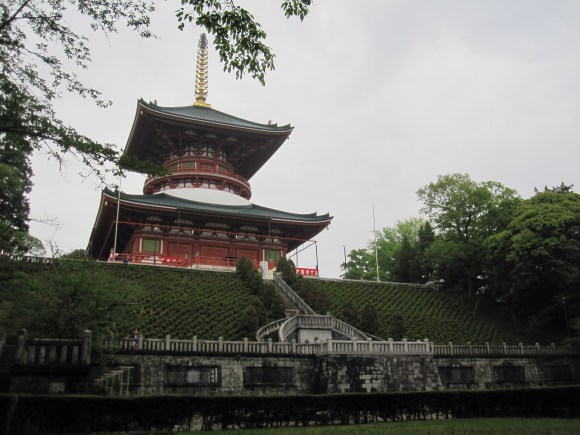
For many visitors to Japan, their image of the city of Narita begins and ends with Narita International Airport. As such, most people plan their itineraries with the goal of spending as little time in the town as possible, unless they’re the type of odd sorts who just can’t get enough of waiting in airline check-in or customs lines.
In their rush to get into Tokyo or back home as soon as possible, though, they’re missing out on one of eastern Japan’s most visually impressive temples, Naritasan Shinshoji and its attached gardens.
Downtown Tokyo does have two cultural landmarks of its own in Asakusa’s Sensoji Temple and Harajuku’s Meiji Shrine. Sensoji is often packed by the constant flow of tour groups that visit year-round, however. Meiji Shrine isn’t as crowded, but its location, just a few minutes’ walk from the consumerist shopping meccas of Takeshitadori and Omotesando, can be jarring for those hoping for a more solemnly sacred atmosphere.
Chiba Prefecture’s Naritasan gives up nothing in size compared to Sensoji and Meiji Shrine, and stands in much more tranquil surroundings. We should point out that Naritasan does receive large numbers of visitors who come for festivities held on New Year’s Day, plus a few other religiously significant dates throughout the year. Still, when we stopped by one afternoon during Golden Week, one of Japan’s busiest vacation periods, the crowds were sparse, and after passing through the main courtyard, we often found ourselves completely alone on the garden paths.
The exact travel time varies depending on which station you set out from, but in general Naritasan is about an hour-and-a-half train ride from downtown Tokyo, which makes it an easily doable day trip for those looking to get out of the capital for a while. It’s also only a 15-minute ride from Narita Airport, which means that not only can you swing by on the same day you’re scheduled to fly into or out of Japan, you could even squeeze in a visit during a long layover at Narita Airport.
Narita Station on the JR Narita Line and Keisei Narita Station on the Keisei Main Line are equidistant from Naritasan. If you come in at the former, head out the east exit of the station, walk past the bus rotary to the first signal you see, and turn left. For visitors arriving at Keisei Narita Station, leave by the west exit, walk to the end of the bus rotary, and turn right (you’ll see Narita Station on your left as you pass by it).
Both routes will lead you into the approach to the temple, a street lined with restaurants, cafes, and shops that winds its way towards the main gate. At night, several of the bars fill up with flight crews spending the night before flying out of Narita the next day.
In the afternoon, though, the most popular spots are the restaurants serving up the local specialty of grilled freshwater eel. If that’s a bit too exotic for your tastes, don’t worry, you can also find tamer fare such as soba noodles and tempura.
The stroll from either station to Naritasan takes 10 to 20 minutes, depending on how quickly you walk and whether or not you step into one of the sake shops for a sampling of the local brews. Once you reach the bottom of the slope, you’ll see the main gate to the left.
The temple was founded in 940 by the priest Kancho Daisojo, who was part of a detachment sent from the then-capital of Kyoto sent to put down a rebellion in east Japan. Kancho carried with him an image of the Buddhist deity Fudo Myoo, which, after the suppression of the uprising, mysteriously became too heavy to be transported back to Kyoto. Instead, the image remained in east Japan, and was enshrined on the spot where Narita Shinshoji (“New Victory Temple”) was constructed.
None of the complex’s currently standing buildings can match the 1,000-plus year history of the institution itself, but Naritasan does boast a handful of structures that were built in the early 18th century.
After passing through the gate, visitors arrive at a bridge that crosses a small pond surrounded by stonework. Look carefully and you’ll spot a sword of the type Fudo Myoo is often depicted wielding, the first of many times the theme appears in the temple’s imagery.
At the top of a steep flight of stairs is the central courtyard. Straight ahead sits the main hall, to the right is a three-story pagoda, and to the left is where visitors can purchase amulets, some of which are emblazoned with the kanji character for “victory.”
This is as far as most visitors to Naritasan come, tossing a few coins into the collection box and saying a quick prayer before heading back out the way they came. In doing so, sadly, they miss out on the majority of the complex’s serene beauty, which is mostly found behind the courtyard. Facing the main temple, a path branches off to the right. Following it will lead you past another hall, and then to the entrance to Naritsan Park.
Before long, the sounds of the town fade away, the foliage closes in, and the path turns from concrete to soil and pebbles. There’s no set route to follow here, as multiple courses crisscross and weave their ways around the trees and past monuments.
When you’ve had your fill of wandering, pick any path that leads downhill and deeper into the interior. There’s nothing so treacherous that requires hiking boots, although a pair of sneakers, or at least something you don’t mind getting a little dusty or muddy, would be preferable to a pair of designer shoes bought at Roppongi Hills.
Depending on which path you end up on, you might notice the sound of gurgling water, as at the bottom of the hill is a series of interconnected ponds surrounded by azalea bushes, as well as groves of maple and plum trees.
From here, heading to the right leads to a pavilion built out over the water. There’s also a nearby stand that sells food that you can feed to the many koi that make the pond their home.
On the other hand, the path that moves around the pond to the left will take you past another temple building, and eventually to the spring where the water that feeds the ponds trickles out of the earth.
The far side of the ponds can be reached by either walking around the whole body of water or crossing one of the stone bridges that subdivides it. Once across, there’s a calligraphy museum, which closes at 4 o’clock and had already shut its doors by the time we rolled by.
Waiting at the very back of the grounds is Naritasan’s most dynamic site: the 58-meter (190-foot) Great Peace Pagoda.
At just 30 years old, it doesn’t have the historical significance of some of Naritasan’s other structures. That doesn’t make it any less overwhelming to visitors gazing up at it from below, though, nor its spire any less dazzling when the late afternoon sun hits it on days when the cloud cover is cooperating.
▼ Unfortunately, this was as much cooperation as we got.
With daylight fading and the monks sounding the temple’s bells, we made our way back to the station and urban Japan, happy to know that whenever we need a little tranquility, Naritasan is just a train ride away.
Temple information
Naritasan Shinshoji /成田山新勝寺
Address: Chiba-ken, Narita-shi, Narita 1
千葉県成田市成田1番地
Website
Photos: RocketNews24

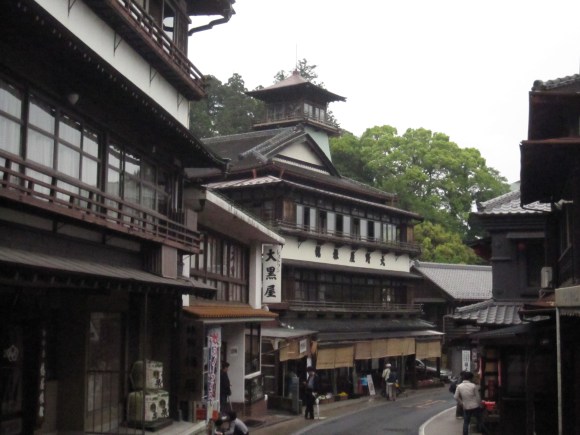
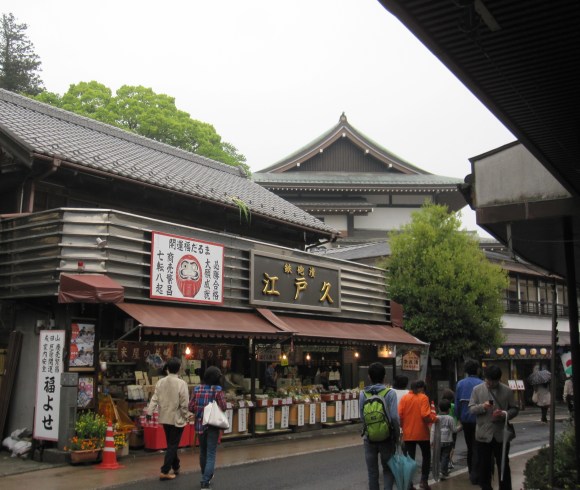
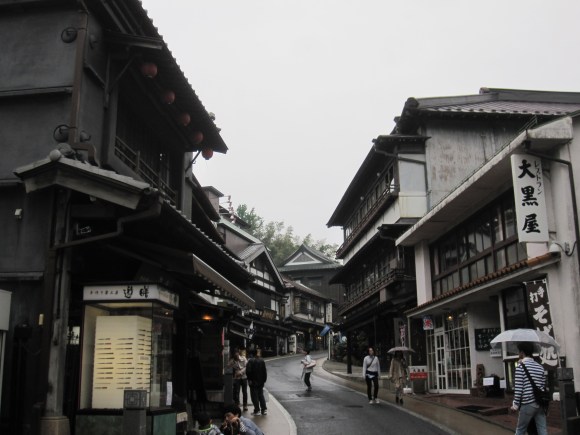
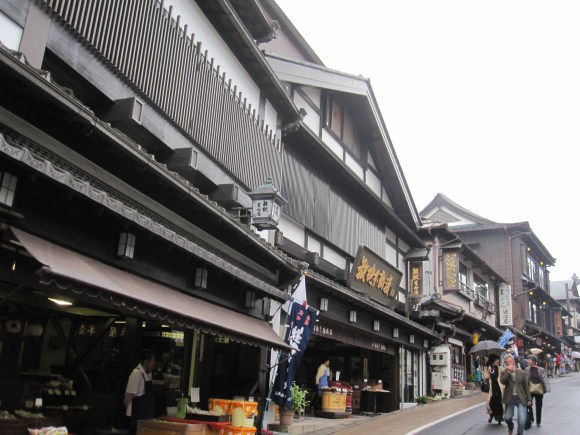
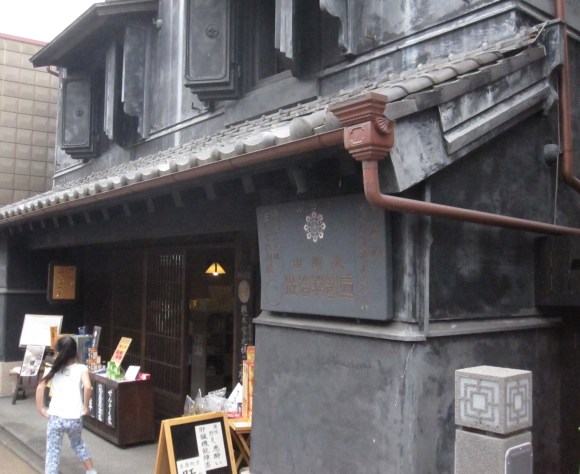
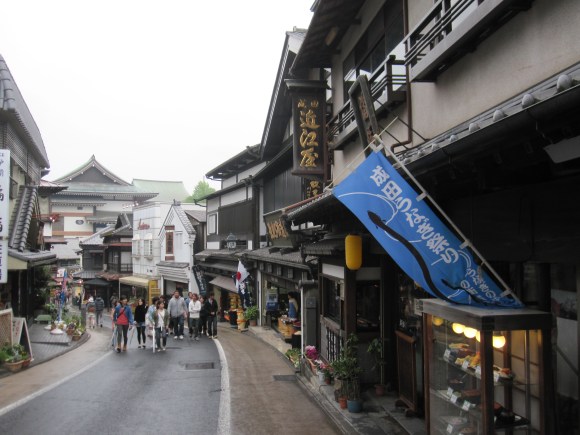
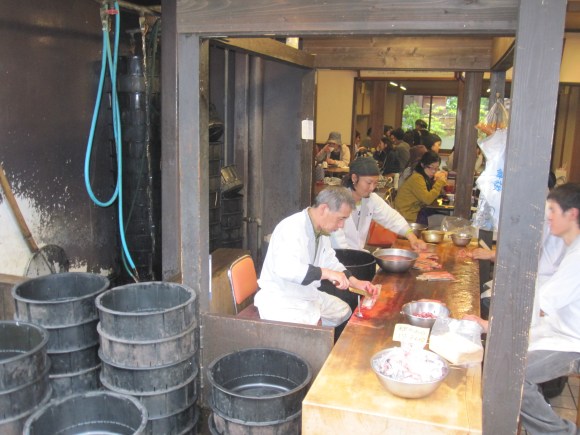
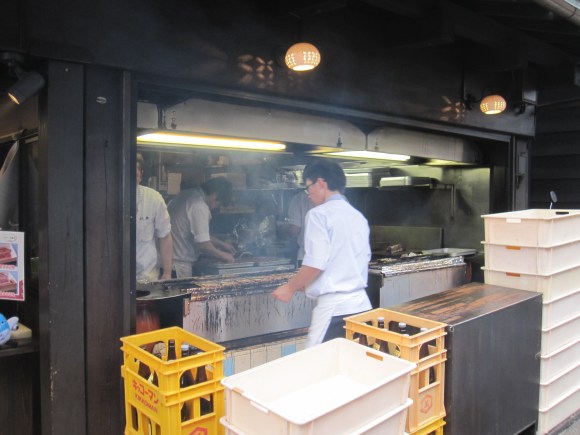
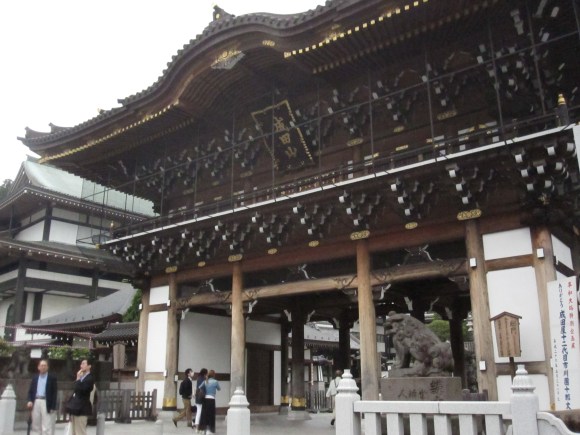
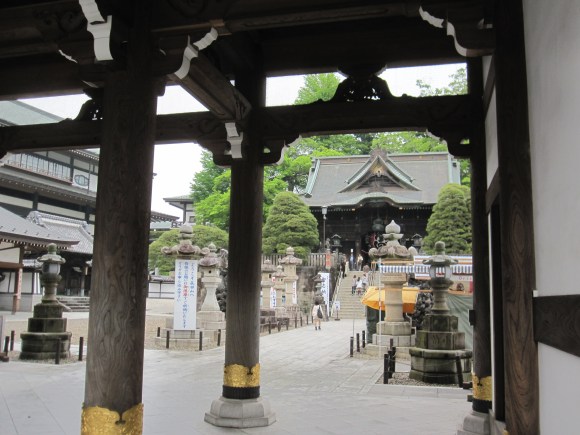
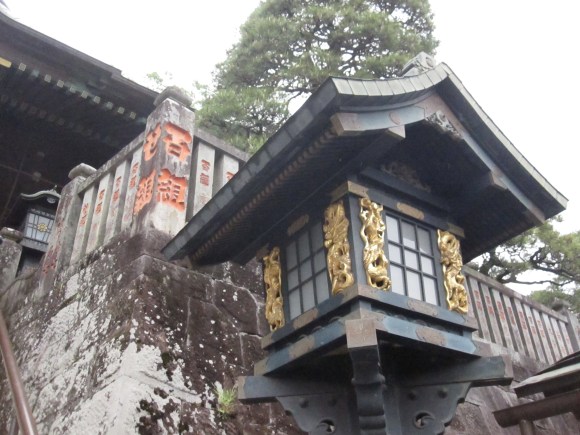
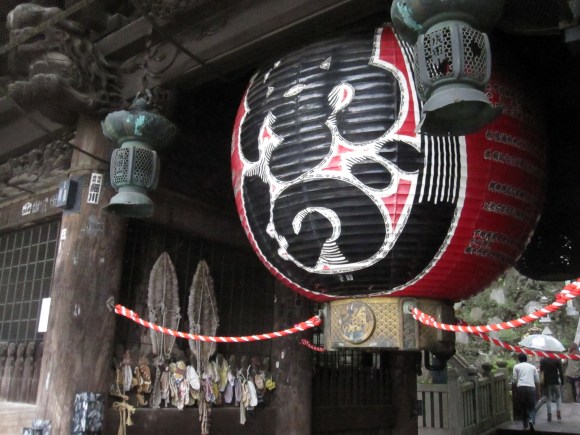
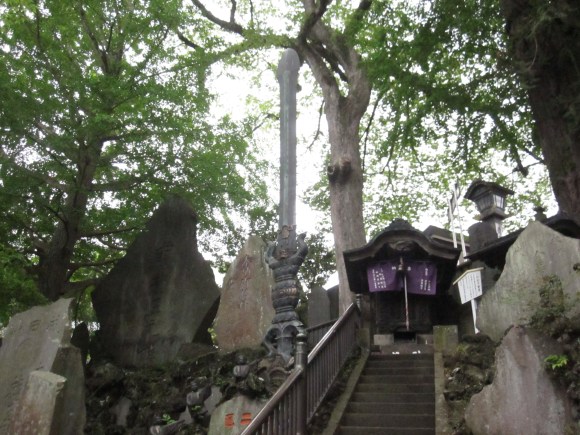
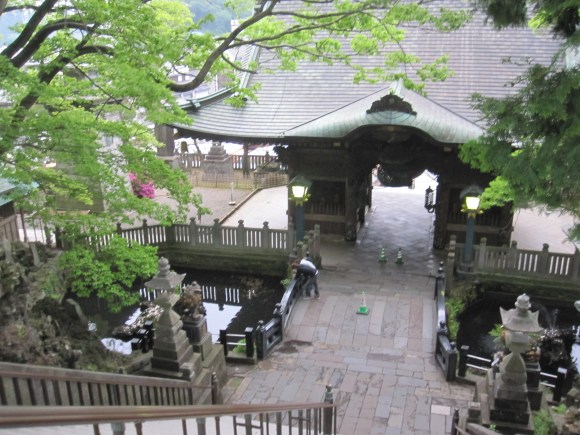
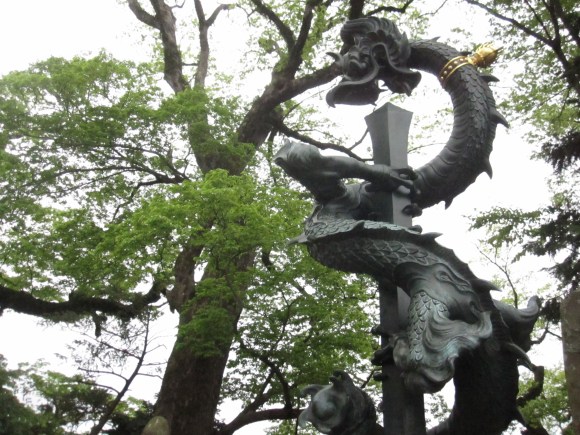
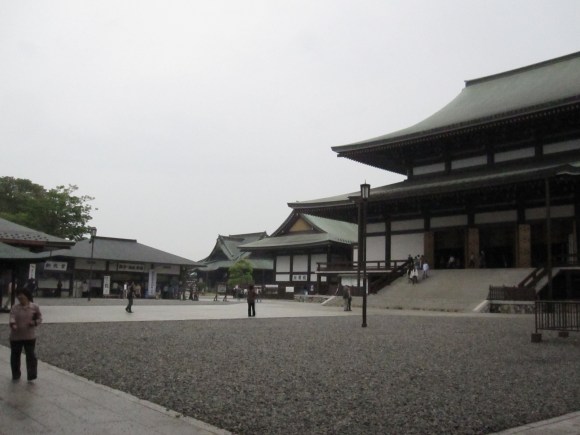
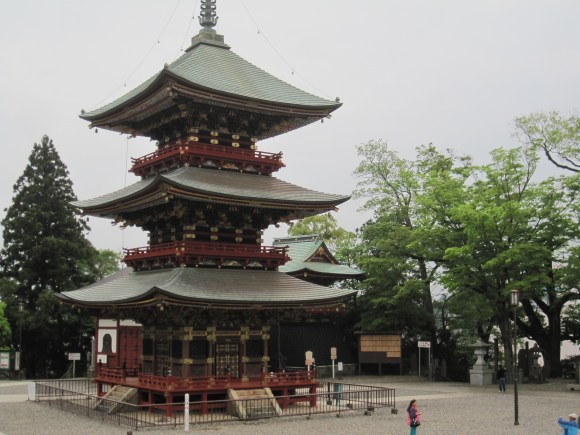
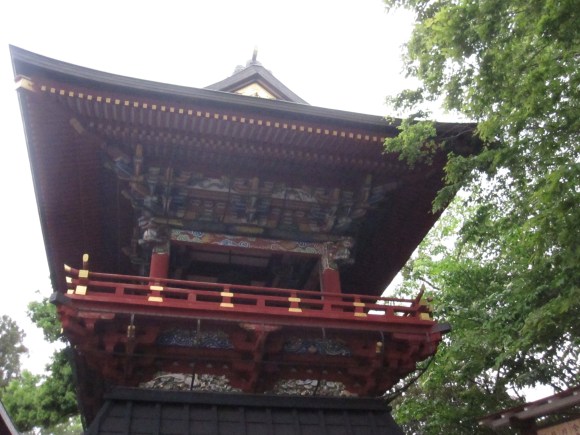
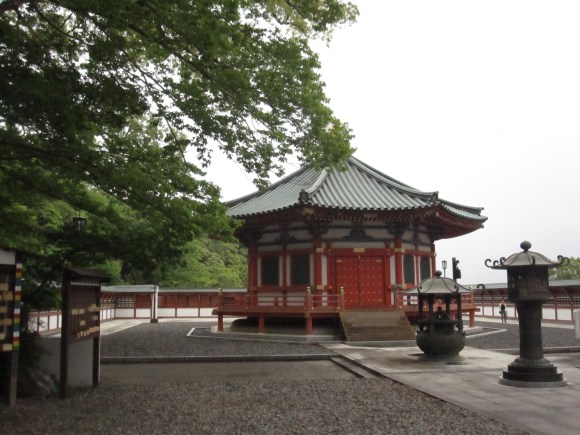
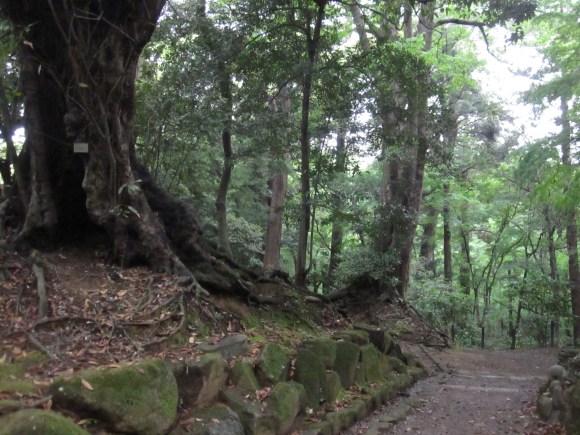
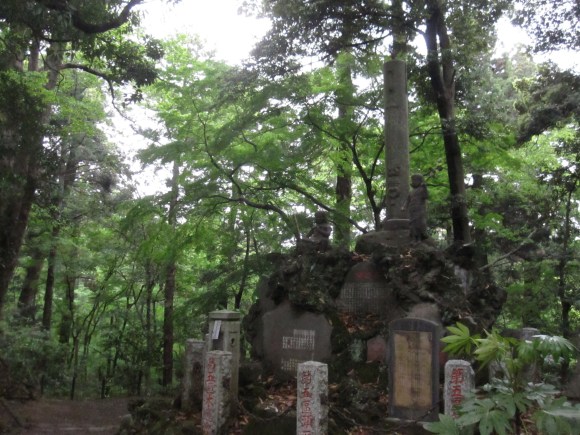

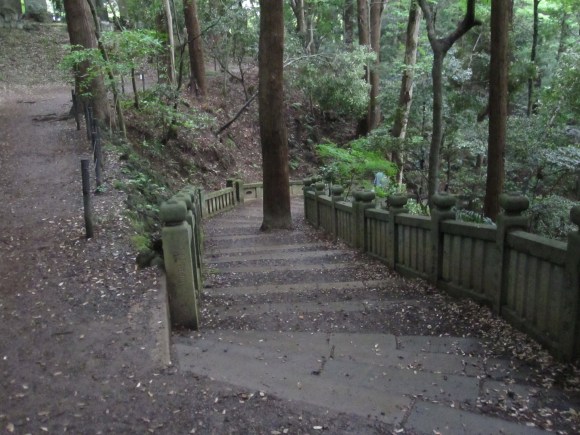
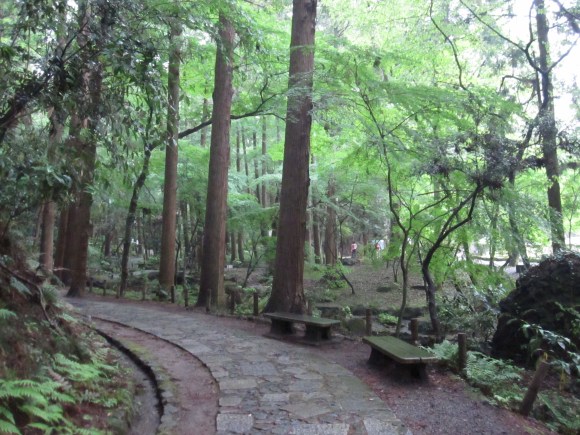
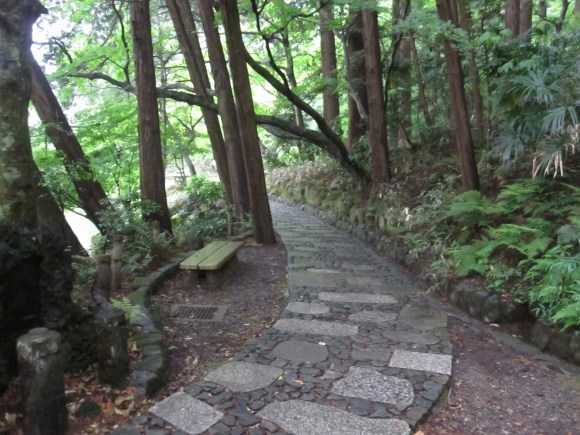
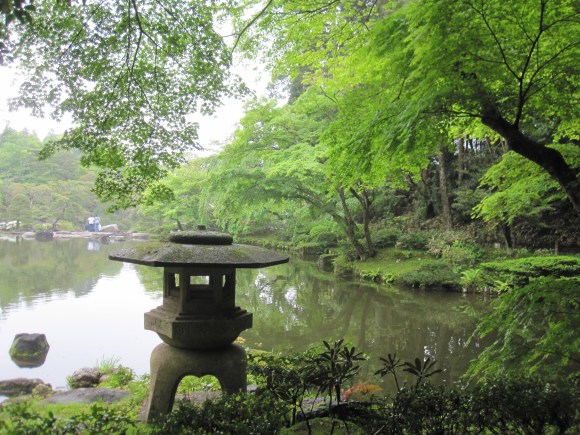
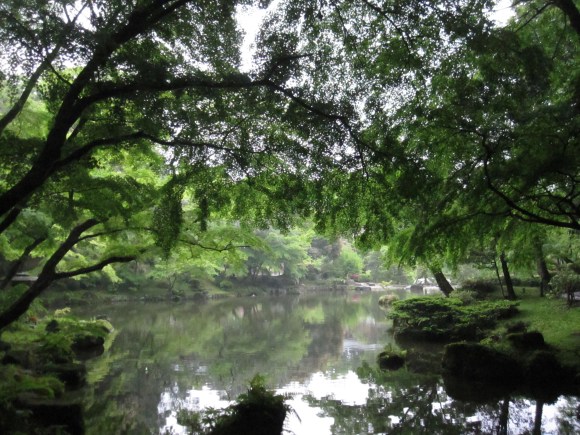
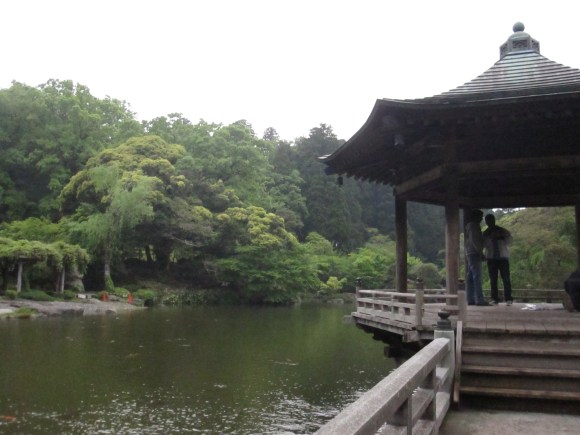

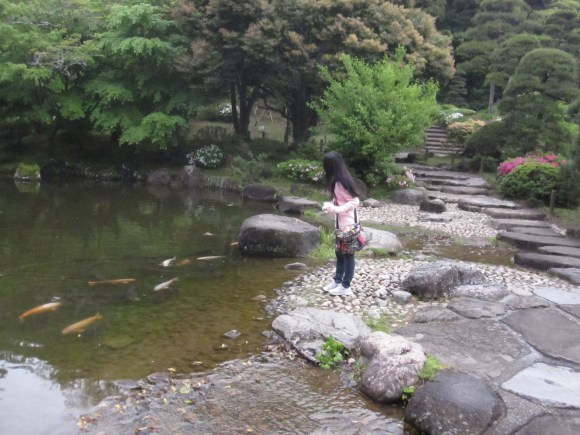
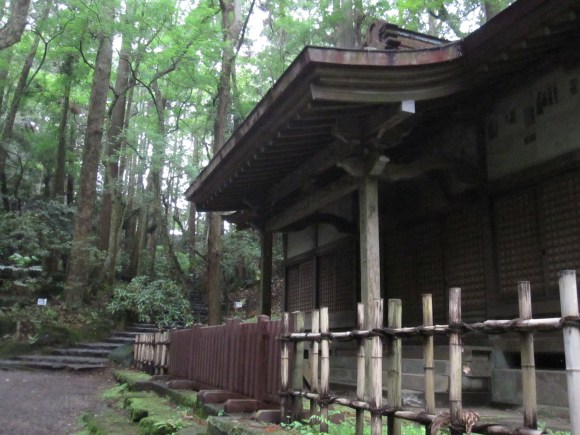
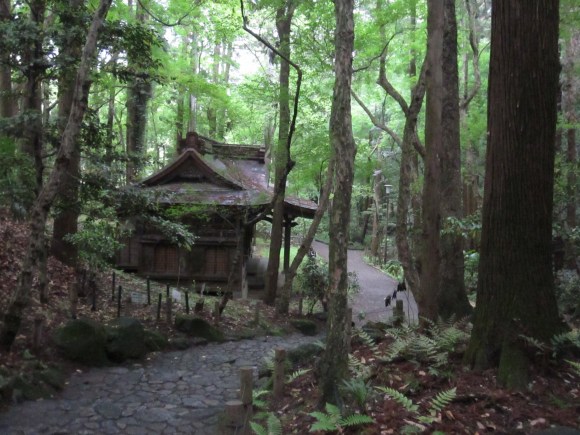
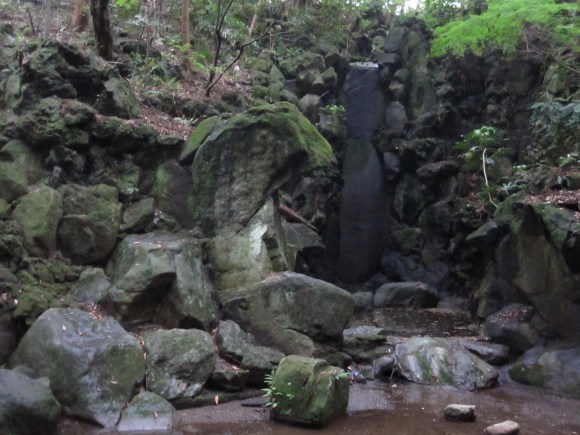
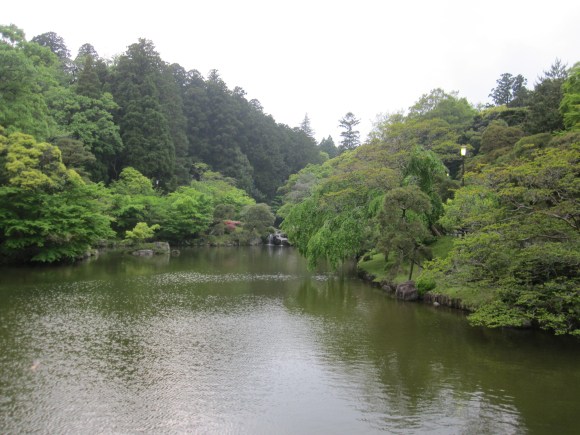
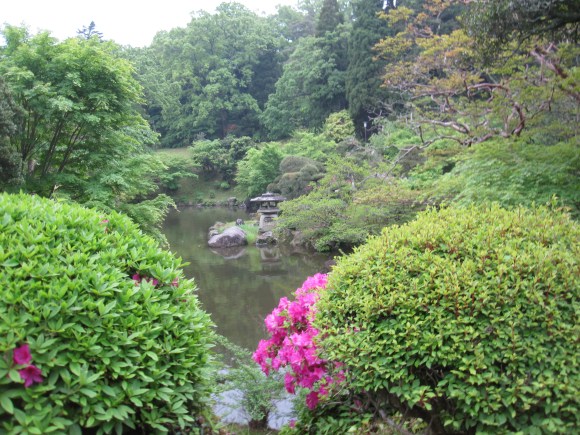
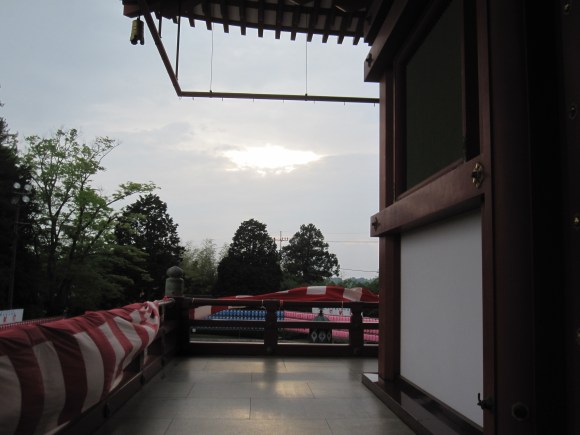
 Japan’s 30 best travel destinations, as chosen by overseas visitors
Japan’s 30 best travel destinations, as chosen by overseas visitors The beautiful flowers of Hydrangea Temple: Possibly the best thing about Japan’s rainy season
The beautiful flowers of Hydrangea Temple: Possibly the best thing about Japan’s rainy season 11 reasons to visit Narita Airport in Japan
11 reasons to visit Narita Airport in Japan Getting off the beaten Kyoto temple path and onto a mossy one with the Kyoto Moss Tour Passport
Getting off the beaten Kyoto temple path and onto a mossy one with the Kyoto Moss Tour Passport The Purple Lucky Bag from Village Vanguard is an extra-large waste of money
The Purple Lucky Bag from Village Vanguard is an extra-large waste of money Rakuten randomly offers 58 New Year’s osechi feasts in Japan, but did we get a star or a dud?
Rakuten randomly offers 58 New Year’s osechi feasts in Japan, but did we get a star or a dud? Japanese beef bowl chain Sukiya’s 2026 Smile Box lucky bag basically pays for itself
Japanese beef bowl chain Sukiya’s 2026 Smile Box lucky bag basically pays for itself New Japanese menstrual product seeks to help women spot unidentified iron deficiencies
New Japanese menstrual product seeks to help women spot unidentified iron deficiencies Tokyo fish market breaks New Year auction record as single fish sells for over 5 million yen【Vid】
Tokyo fish market breaks New Year auction record as single fish sells for over 5 million yen【Vid】 Foreign worker in Japan fends off armed robber with single word, gets no respect from local media
Foreign worker in Japan fends off armed robber with single word, gets no respect from local media What’s the best way to spend 1,000 yen at Kura Sushi?【Japan Super Budget Dining】
What’s the best way to spend 1,000 yen at Kura Sushi?【Japan Super Budget Dining】 Studio Ghibli holiday wreath adds a touch of Kiki cuteness and good fortune to your home【Photos】
Studio Ghibli holiday wreath adds a touch of Kiki cuteness and good fortune to your home【Photos】 Mysterious light-up rainy night-sound Totoro figure doesn’t actually show a scene from the anime
Mysterious light-up rainy night-sound Totoro figure doesn’t actually show a scene from the anime In the midst of coronavirus, a 1,000-year-old food is being revived in Japan
In the midst of coronavirus, a 1,000-year-old food is being revived in Japan Starbucks Japan ready to get Year of the Horse started with adorable drinkware and plushies【Pics】
Starbucks Japan ready to get Year of the Horse started with adorable drinkware and plushies【Pics】 Hayao Miyazaki says Happy New Year to Studio Ghibli fans with new art for Year of the Horse
Hayao Miyazaki says Happy New Year to Studio Ghibli fans with new art for Year of the Horse We found possibly the quietest Japanese-style hotel in Tokyo’s bustling Shinjuku district
We found possibly the quietest Japanese-style hotel in Tokyo’s bustling Shinjuku district Cup Noodle tries an authentic Jiro-style ramen, but something’s not quite right
Cup Noodle tries an authentic Jiro-style ramen, but something’s not quite right The best Starbucks Japan Frappuccinos we want to drink again in 2026
The best Starbucks Japan Frappuccinos we want to drink again in 2026 We revisited Sweets Paradise after a decade to see if Japan’s dessert buffet still delivers
We revisited Sweets Paradise after a decade to see if Japan’s dessert buffet still delivers That time Seiji called JASRAC to ask why he didn’t get paid royalties for his song being on TV
That time Seiji called JASRAC to ask why he didn’t get paid royalties for his song being on TV Japan’s oldest largetooth sawfish in captivity back on display in Mie Prefecture
Japan’s oldest largetooth sawfish in captivity back on display in Mie Prefecture Pizza Hut Japan’s hot lucky bags are perfect for a New Year’s pizza party
Pizza Hut Japan’s hot lucky bags are perfect for a New Year’s pizza party 7-Eleven Japan starts new temporary luggage storage service in over 300 branches
7-Eleven Japan starts new temporary luggage storage service in over 300 branches Disillusionment at Tsukiji’s tourist-target prices led us to a great ramen restaurant in Tokyo
Disillusionment at Tsukiji’s tourist-target prices led us to a great ramen restaurant in Tokyo Starbucks teams up with 166-year-old Kyoto doll maker for Year of the Horse decorations【Photos】
Starbucks teams up with 166-year-old Kyoto doll maker for Year of the Horse decorations【Photos】 Tokyo considering law requiring more trash cans following litter increase in heavily touristed area
Tokyo considering law requiring more trash cans following litter increase in heavily touristed area Tokyo’s Tsukiji sushi neighborhood asks tour groups to stay away for the rest of the month
Tokyo’s Tsukiji sushi neighborhood asks tour groups to stay away for the rest of the month Tokyo event lets you travel back in time, for free, to celebrate 100 years since Showa era start
Tokyo event lets you travel back in time, for free, to celebrate 100 years since Showa era start Japan may add Japanese language proficiency, lifestyle classes to permanent foreign resident requirements
Japan may add Japanese language proficiency, lifestyle classes to permanent foreign resident requirements Sanrio theme park in Japan announces plans to expand into a Sanrio resort
Sanrio theme park in Japan announces plans to expand into a Sanrio resort Stamina-destroying “Paralysis Noodles” are Tokyo’s newest over-the-top ramen innovation
Stamina-destroying “Paralysis Noodles” are Tokyo’s newest over-the-top ramen innovation Survey asks foreign tourists what bothered them in Japan, more than half gave same answer
Survey asks foreign tourists what bothered them in Japan, more than half gave same answer Japan’s human washing machines will go on sale to general public, demos to be held in Tokyo
Japan’s human washing machines will go on sale to general public, demos to be held in Tokyo Japan’s deadliest food claims more victims, but why do people keep eating it for New Year’s?
Japan’s deadliest food claims more victims, but why do people keep eating it for New Year’s? We deeply regret going into this tunnel on our walk in the mountains of Japan
We deeply regret going into this tunnel on our walk in the mountains of Japan Studio Ghibli releases Kodama forest spirits from Princess Mononoke to light up your home
Studio Ghibli releases Kodama forest spirits from Princess Mononoke to light up your home Major Japanese hotel chain says reservations via overseas booking sites may not be valid
Major Japanese hotel chain says reservations via overseas booking sites may not be valid Put sesame oil in your coffee? Japanese maker says it’s the best way to start your day【Taste test】
Put sesame oil in your coffee? Japanese maker says it’s the best way to start your day【Taste test】 No more using real katana for tourism activities, Japan’s National Police Agency says
No more using real katana for tourism activities, Japan’s National Police Agency says Starbucks Japan reveals new sakura drinkware collection, inspired by evening cherry blossoms
Starbucks Japan reveals new sakura drinkware collection, inspired by evening cherry blossoms Updated cherry blossom forecast shows extra-long sakura season for Japan this year
Updated cherry blossom forecast shows extra-long sakura season for Japan this year Cute cat infiltrates famous Japanese rock garden at Kyoto’s Tofukuji Temple 【Video】
Cute cat infiltrates famous Japanese rock garden at Kyoto’s Tofukuji Temple 【Video】 Japan travel on a budget: Top 20 free attractions around the country, compiled by TripAdvisor
Japan travel on a budget: Top 20 free attractions around the country, compiled by TripAdvisor Beautiful flowers bloom just one day each at 500-year-old Kyoto temple, and they’re blossoming now
Beautiful flowers bloom just one day each at 500-year-old Kyoto temple, and they’re blossoming now Typhoon Faxai strands thousands at Narita Airport in Japan【Pics & Video】
Typhoon Faxai strands thousands at Narita Airport in Japan【Pics & Video】 Narita Airport starts free cultural event series with kimono-wearing, manga creator experiences
Narita Airport starts free cultural event series with kimono-wearing, manga creator experiences A visit to Tokyo’s luckiest, kitty-est lucky cat temple: Gotokuji【Photos】
A visit to Tokyo’s luckiest, kitty-est lucky cat temple: Gotokuji【Photos】 Top 30 tourist sites in Japan: the most popular sightseeing spots for overseas visitors
Top 30 tourist sites in Japan: the most popular sightseeing spots for overseas visitors Tokyo’s most popular park partially bans Pokémon GO in response to inconsiderate gamers
Tokyo’s most popular park partially bans Pokémon GO in response to inconsiderate gamers What’s going on in this brain-breakingly beautiful cherry blossom temple photo?
What’s going on in this brain-breakingly beautiful cherry blossom temple photo? Narita Airport attempts to woo international travellers with ‘Omotenashi’ welcome program
Narita Airport attempts to woo international travellers with ‘Omotenashi’ welcome program Tokyo’s Rikugien garden: Beautiful for 300 years, but especially in autumn after dark
Tokyo’s Rikugien garden: Beautiful for 300 years, but especially in autumn after dark Temple in tiny town in Japan transforms into otherworldly beauty on special summer nights
Temple in tiny town in Japan transforms into otherworldly beauty on special summer nights Kyoto temple suffering from littering tourists claiming not to understand Japanese verbal warning
Kyoto temple suffering from littering tourists claiming not to understand Japanese verbal warning TeamLab opening amazing outdoor art exhibit at one of Japan’s more uniquely beautiful gardens【Pics】
TeamLab opening amazing outdoor art exhibit at one of Japan’s more uniquely beautiful gardens【Pics】 Why Sensoji temple in Asakusa is better at night
Why Sensoji temple in Asakusa is better at night
Leave a Reply